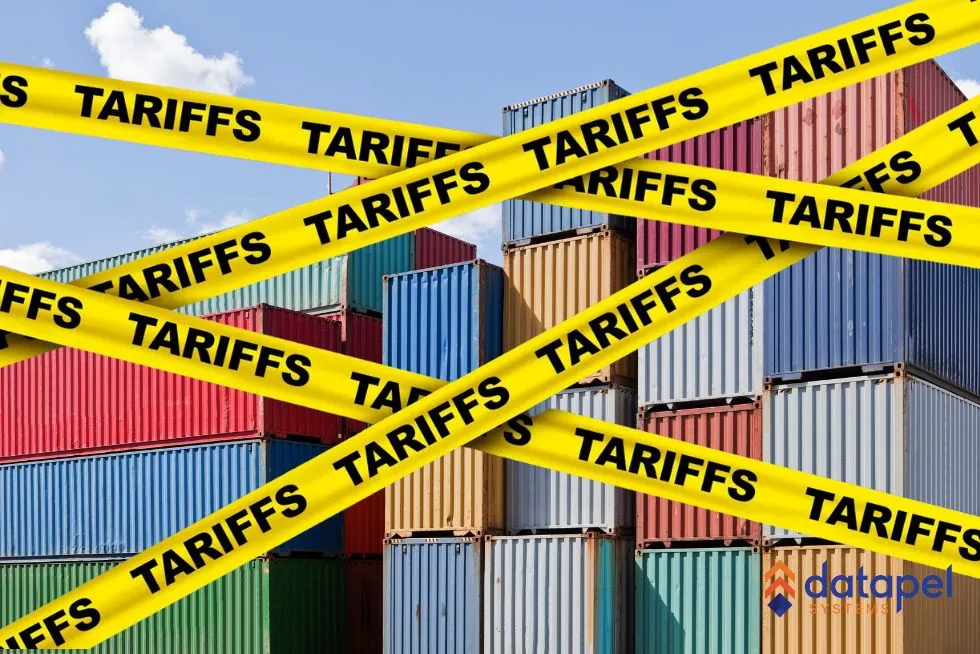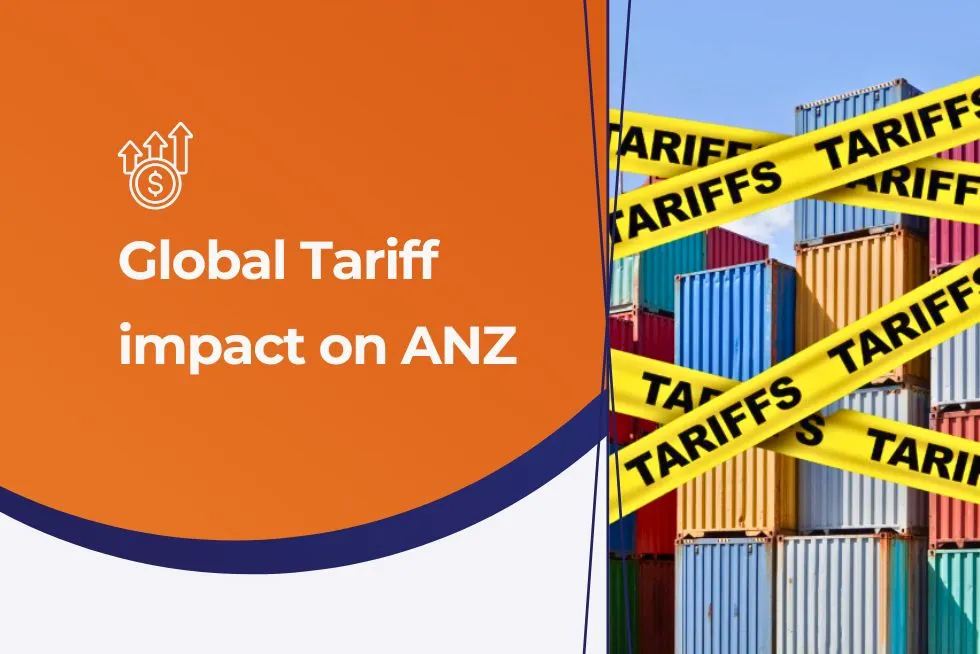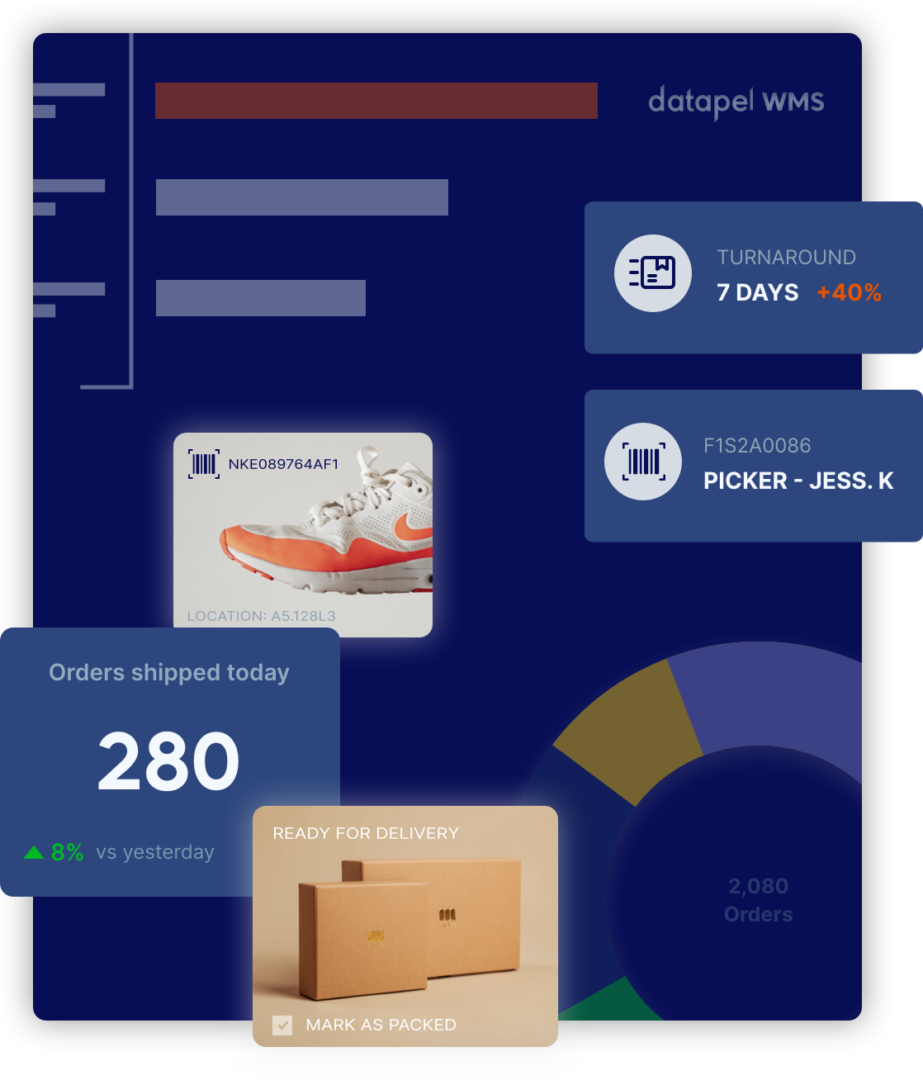Tariff Impact on Supply Chain: Why ANZ Importers Can’t Ignore It
Contents
Tariffs are no longer just a global headline—they’re a daily operational reality for ANZ businesses. As trade tensions escalate and new tariffs emerge across major markets, local importers, manufacturers and distributors are navigating increased supply chain volatility, rising costs, and urgent decisions around sourcing, pricing and inventory.
This article explores the tariff impact on supply chain operations for ANZ businesses and how supply chain resilience can be strengthened using the right tools, strategies and planning.
Tariff Impact on Supply Chain in the Headlines
The challenges facing ANZ importers are now unavoidable:
- ABC News reports that local companies manufacturing in China are being hit with tariffs exceeding 100%, forcing changes to production processes and global supply partnerships.
- NZ Herald highlights rising food prices—3.5% up year-on-year—as one effect of tariff-related disruptions in the global supply chain.
- Women’s Agenda discusses how businesses are struggling to interpret changes to the harmonised tariff schedule and how it affects their orders.
- News.com.au quotes President Trump’s latest statement that the “entire supply chain” for electronics is under review, with potential tariffs to follow.
These shifts are already impacting goods imported to ANZ and altering the way businesses manage costs, risk, and planning.
Why Tariffs Abroad Are Hitting ANZ Importers at Home

While the headlines often focus on the US or China, the global trade landscape means ANZ is directly affected by tariff changes elsewhere. Tariffs on Chinese imports, steel and aluminium imports, and transportation equipment create bottlenecks and pass-through costs for domestic industries.
According to ABC, some Australian manufacturers have already been forced to reassess their manufacturing operations and even relocate manufacturing plants to avoid long-term duties imposed on finished goods.
Other countries are responding in kind, introducing reciprocal tariffs and changing shipping patterns, making the cost of imported steel and aluminium imports even harder to forecast.
Which Products Are Most at Risk?
Categories currently most exposed to tariff increases and disruptions include:
- Electrical equipment and components
- Textiles and consumer goods
- Packaged foods and raw materials
- Transportation and machinery parts
All of these rely heavily on global supply, which is being reshaped by trade policy and changing shipping companies logistics models.
Being able to identify risks within your supply base and act quickly with alternative suppliers is key to supply chain resilience.
The Hidden Danger: Volatile Inventory Costs
New tariffs don’t just increase prices—they destabilise everything from demand forecasting to supplier confidence. Inventory planning becomes difficult, and businesses face a very real risk of:
- Overstocking to beat future price increases
- Stockouts when delays hit unexpectedly
- Lost market share due to price instability
Risk assessment tools and real-time supply chain management software are now essential to help manage costs, monitor exposure, and reduce the shock of future tariff spikes.
Why Inventory Visibility Is Now Non-Negotiable
To adapt effectively, you need more than just awareness—you need insight. Visibility into every part of your inventory and procurement operations lets you:
- Track true landed costs across suppliers
- Monitor product margins and exposure
- Plan for delays and price increases
- Coordinate with logistics providers and warehouse teams
Datapel’s inventory management software is built for complex, import-reliant businesses. Our customers gain insights into:
- Strategic sourcing decisions
- Reorder alerts based on live demand and cost shifts
- Integrated workflows across teams and existing facilities
- Supplier performance tracking and cost savings opportunities
This is how supply chains adapt in the face of volatility.
Looking for practical ways to refine your approach this quarter? Explore our latest guide on Inventory Control Strategies for Q2 to better align purchasing, reduce holding costs, and strengthen inventory agility in uncertain conditions.
How Leading ANZ Businesses Are Responding

Many businesses are using tools like the Fair Supply Tariff Calculator to forecast exposure and understand how supply chain disruptions being enacted globally will impact their sourcing decisions.
Others are rethinking their manufacturing footprint, turning to bonded warehouses or foreign trade zones to mitigate risks.
What they have in common:
- Prioritising supply chain planning
- Investing in automation to boost operational efficiency
- Monitoring tariff exposure and building alternative supplier networks
What You Can Do Right Now
- Audit your top 20 SKUs for tariff risk – Check where each product is sourced, tariff categories, and how exposed they are to price volatility.
- Identify products with the thinnest margins – These will be most sensitive to tariff-driven cost changes and should be prioritised in reviews.
- Talk to suppliers about upcoming import duties – Don’t wait for prices to change. Proactively ask about possible adjustments due to new tariffs or trade negotiations.
- Explore options for shifting production or using foreign trade zones – These can delay or defer duties and provide cost buffers.
- Book a demo with Datapel – Our team can show you how to model costs, monitor exposure, and trigger automated alerts.
The future of supply chain strategies lies in agility, insight and better decision-making tools.
Final Thoughts: Why Proactivity Beats Reactivity
Tariff volatility isn’t a temporary glitch—it’s a new constant in global supply chains. ANZ businesses that invest in visibility, planning, and the right tech will not only weather the storm—they’ll gain a competitive edge.
The businesses that succeed won’t be the ones with the most resources. They’ll be the ones who saw the disruption coming and acted before it hit.
Don’t Let the Next Shock Catch You Off Guard
As trade negotiations shift, retaliatory tariffs rise, and global supply chains continue to fragment, now is the time to act.
Talk to Datapel – Learn how our software helps reduce costs, mitigate risks, and build resilient, responsive supply chains.

As a WMS Industry Analyst & Content Lead I write about warehouse management systems from real experience—helping businesses streamline operations, reduce errors, and scale smarter.
Over the past 8 years, I’ve worked closely with warehouse teams, tech developers, and business owners to break down complex supply chain problems into actionable solutions. My goal? Make WMS content useful, not just informative.
When I’m not writing, I’m digging into user feedback, testing new tools, or speaking with industry experts to stay ahead of what matters most to warehouse operators.







